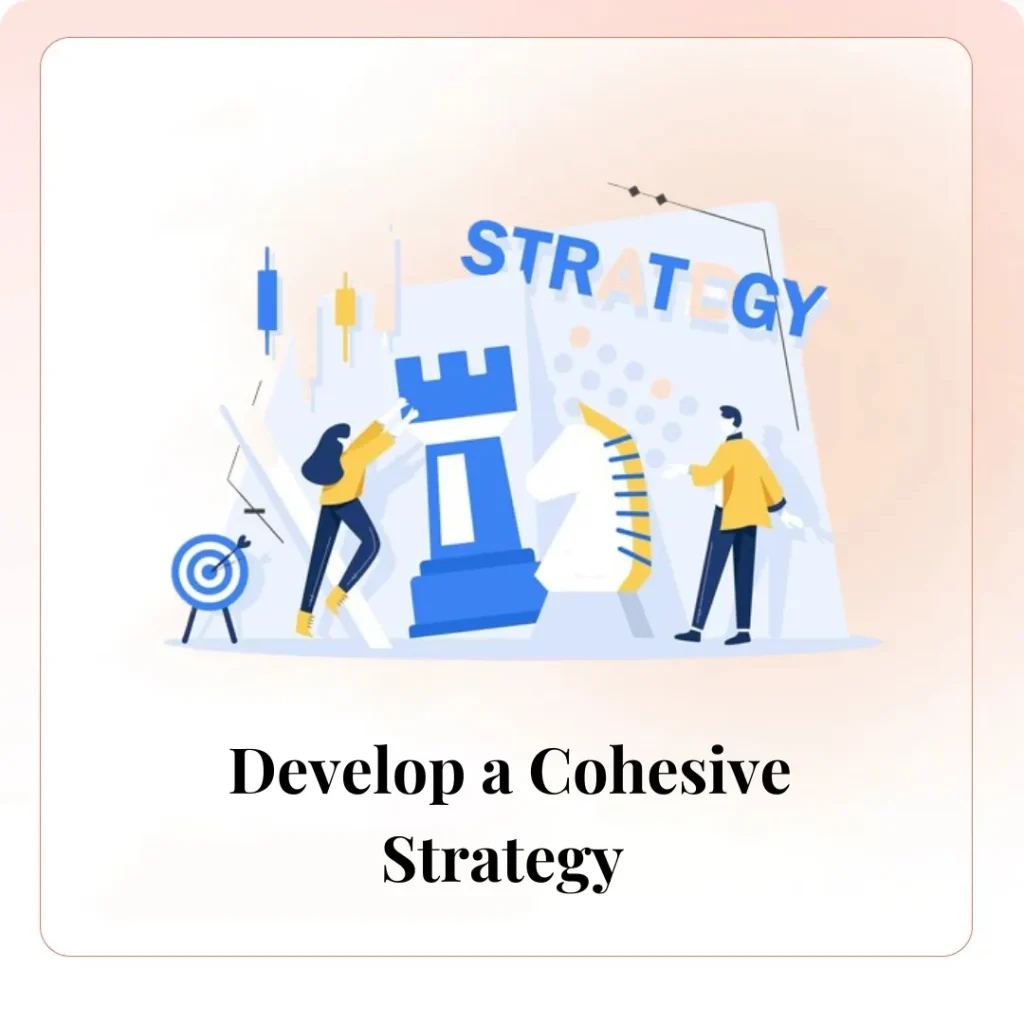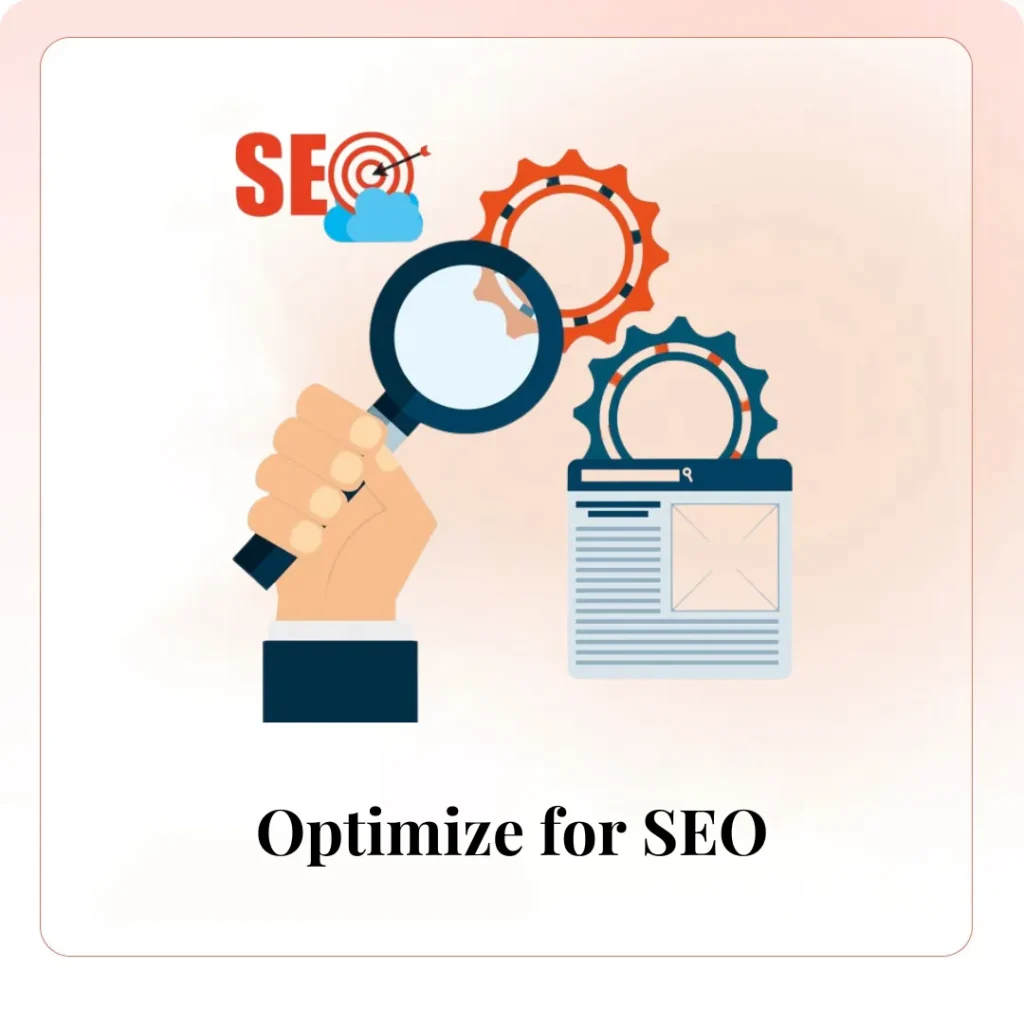Creating an integrated digital marketing campaign is essential for businesses seeking to engage their audience and achieve marketing goals effectively. An integrated campaign combines various digital marketing channels and tactics into a cohesive strategy, ensuring a consistent message across all platforms. For businesses in Mumbai, collaborating with the top digital marketing companies in Mumbai can be a significant advantage. Here’s a detailed guide on how to create an integrated digital marketing campaign.
1. Define Your Goals
The first step in creating an integrated digital marketing campaign is to define your goals. What do you want to achieve with this campaign? Common goals include increasing brand awareness, driving website traffic, generating leads, or boosting sales. Clear and specific goals will help you design a focused and effective campaign.
Example Goals
- Increase website traffic by 25% in three months.
- Generate 100 new leads per month.
- Boost sales by 15% in the next quarter.

2. Understand Your Audience

Understanding your target audience is crucial for crafting a message that resonates with them. Conduct market research to gather insights about your audience’s demographics, preferences, and online behavior. This information will help you create personalized content that appeals to your audience.
Key Audience Insights
- Age, gender, and location
- Interests and hobbies
- Online behavior and preferred social media platforms
- Pain points and challenges
3. Choose the Right Channels
An integrated digital marketing campaign should leverage multiple channels to reach a wider audience. The choice of channels depends on your goals and where your target audience spends their time online. Common digital marketing channels include:
- Social Media: Platforms like Facebook, Instagram, Twitter, LinkedIn, and YouTube.
- Email Marketing: Sending personalized emails to your subscriber list.
- Content Marketing: Creating valuable content such as blog posts, videos, and infographics.
- Search Engine Optimization (SEO): Optimizing your website to rank higher on search engine results pages.
- Pay-Per-Click (PPC) Advertising: Running ads on platforms like Google Ads and social media.
- Influencer Marketing: Collaborating with influencers to promote your brand.

4. Develop a Cohesive Strategy
An integrated campaign requires a cohesive strategy that aligns all marketing efforts towards a common goal. Your strategy should outline the tactics you will use, the timeline for each activity, and how different channels will work together to achieve your objectives.

Strategy Components
- Content Plan: Outline the type of content you will create, the themes, and the publishing schedule.
- Social Media Calendar: Plan your social media posts, including the platforms, post frequency, and content type.
- SEO Plan: Identify target keywords, optimize website content, and build backlinks.
- Email Marketing Plan: Design email sequences, segment your audience, and create personalized email content.
- PPC Strategy: Choose the platforms for your ads, set budgets, and create compelling ad copy.
5. Create Engaging Content
Content is the backbone of any digital marketing campaign. High-quality and engaging content can attract and retain your audience’s attention. Your content should be relevant, valuable, and tailored to your audience’s needs.
Content Types
- Blog Posts: Informative articles that address your audience’s pain points and provide solutions.
- Videos: Engaging video content that showcases your products, shares customer testimonials, or provides tutorials.
- Infographics: Visual representations of data and information that are easy to digest.
- Ebooks and Whitepapers: In-depth guides that offer valuable insights on industry topics.
- Social Media Posts: Short and engaging content tailored to each social media platform.

6. Optimize for SEO

Search engine optimization (SEO) is essential for driving organic traffic to your website. By optimizing your content for search engines, you can increase your visibility and attract more potential customers.
SEO Best Practices
- Keyword Research: Identify relevant keywords that your audience is searching for.
- On-Page SEO: Optimize your website’s content, meta tags, and URLs with target keywords.
- Off-Page SEO: Build high-quality backlinks from reputable websites.
- Technical SEO: Ensure your website is mobile-friendly, has fast loading times, and is easy to navigate.
7. Leverage Social Media
Social media platforms are powerful tools for promoting your content and engaging with your audience. Each platform has its own unique features and best practices, so tailor your approach accordingly.
Social Media Tips
- Consistent Branding: Use consistent visuals, tone, and messaging across all platforms.
- Engagement: Interact with your followers by responding to comments, messages, and mentions.
- Hashtags: Use relevant hashtags to increase the reach of your posts.
- Analytics: Monitor your social media performance and adjust your strategy based on the data.

8. Implement Email Marketing
Email marketing is a highly effective channel for nurturing leads and maintaining customer relationships. Personalized and targeted email campaigns can drive engagement and conversions.
Email Marketing Strategies
- Segmentation: Divide your email list into segments based on demographics, behavior, or interests.
- Personalization: Customize your email content to address the recipient’s name and specific needs.
- Automated Campaigns: Set up automated email sequences for welcome emails, follow-ups, and abandoned cart reminders.
- A/B Testing: Test different subject lines, email designs, and calls to action to optimize performance.
9. Utilize PPC Advertising
Pay-per-click (PPC) advertising can drive immediate traffic to your website and generate leads. Platforms like Google Ads and social media ads allow you to target specific audiences with precision.
PPC Advertising Tips
- Targeting: Use demographic, geographic, and behavioral targeting to reach the right audience.
- Ad Copy: Write compelling ad copy that includes a clear call to action.
- Landing Pages: Create dedicated landing pages for your ads to improve conversion rates.
- Budget Management: Set a budget for your campaigns and monitor your spend to ensure you’re getting a good return on investment.
10. Measure and Analyze Performance
Measuring the performance of your integrated digital marketing campaign is crucial for understanding what’s working and what needs improvement. Use analytics tools to track key metrics and gain insights into your campaign’s effectiveness.
Key Metrics to Track
- Website Traffic: Monitor the number of visitors to your website and their behavior.
- Conversion Rates: Track the percentage of visitors who take the desired action, such as filling out a form or making a purchase.
- Engagement: Measure the engagement on your social media posts, emails, and other content.
- ROI: Calculate the return on investment for your marketing efforts.
Conclusion
Creating an integrated digital marketing campaign requires careful planning, execution, and optimization. By defining your goals, understanding your audience, and leveraging multiple channels, you can create a cohesive and effective campaign that drives results. Collaborating with the top digital marketing companies in Mumbai can provide you with the expertise and resources needed to execute a successful integrated campaign. Whether you are looking to boost brand awareness, drive traffic, or increase sales, an integrated approach will help you achieve your marketing objectives. For expert assistance and to learn more, visit mumbai.osumare.com. Embrace the power of integration and take your digital marketing strategy to the next level with the best digital marketing company in Mumbai.

